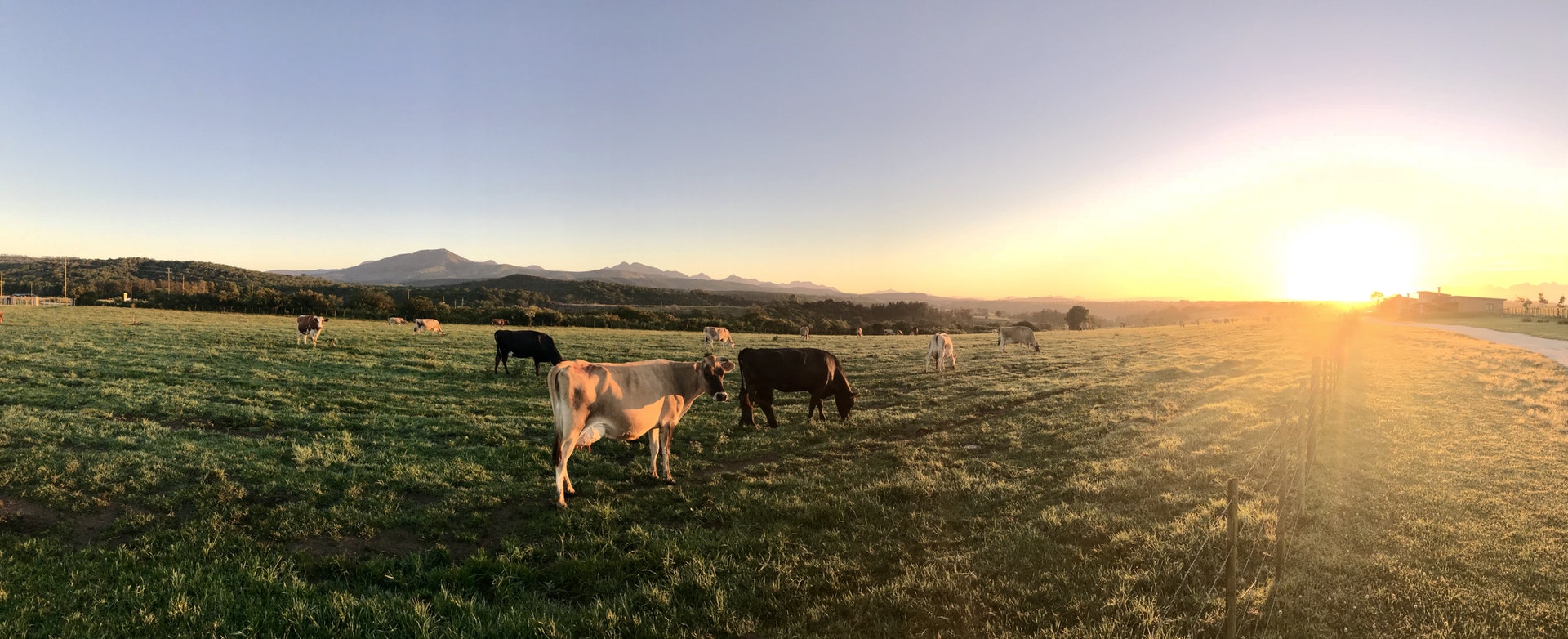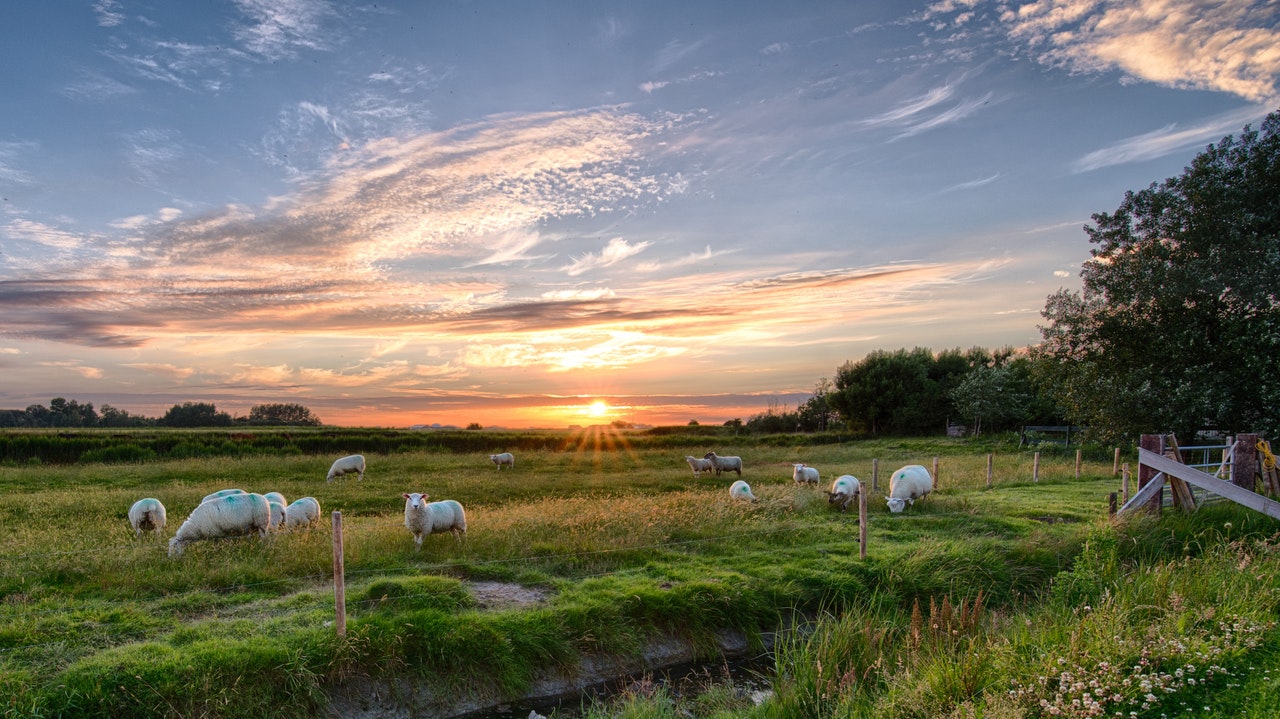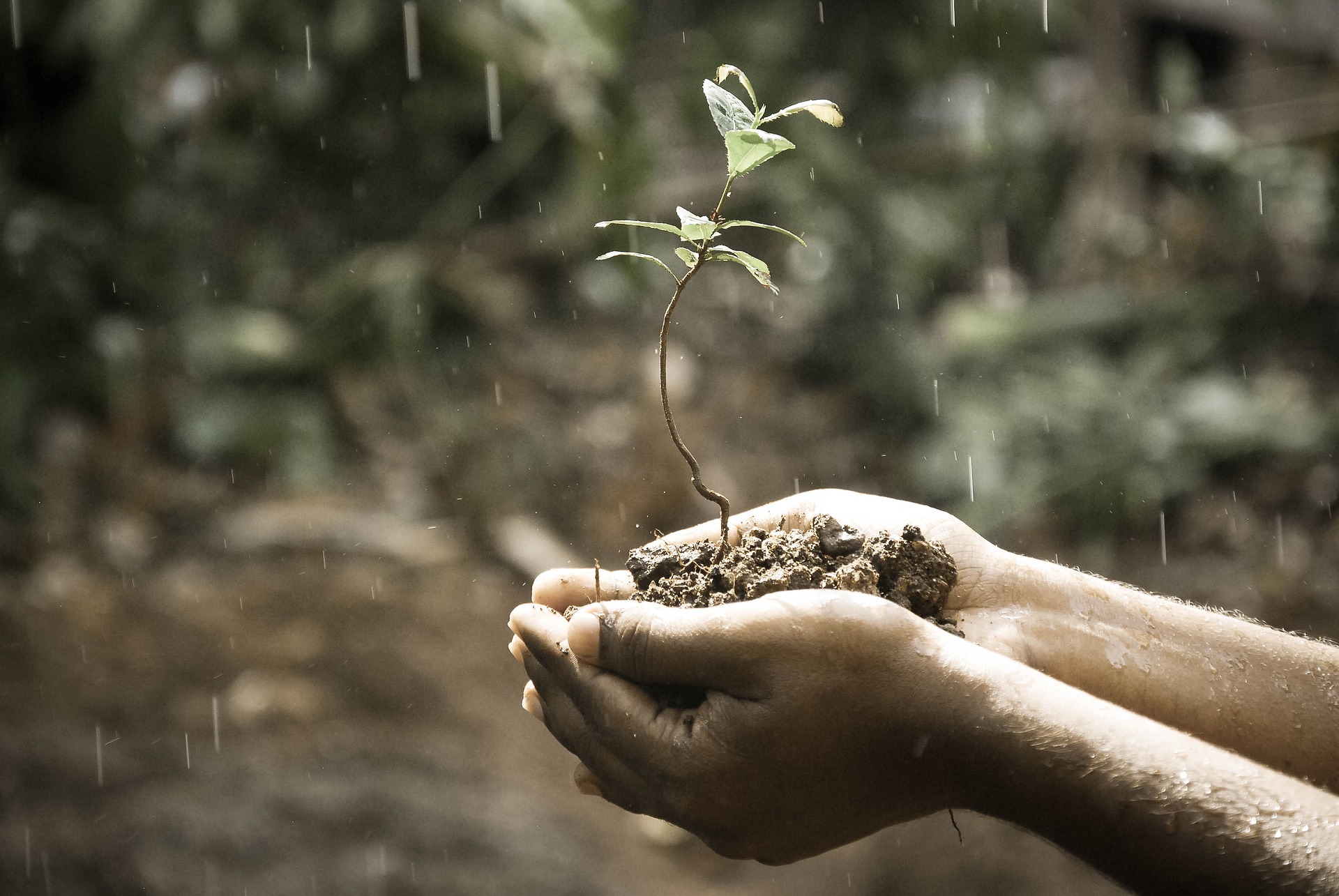Put More Carbon in Soils to Meet Paris Climate Pledges
Soils are crucial to managing climate change. They contain two to three times more carbon than the atmosphere. Plants circulate carbon dioxide from the air to soils, and consume about one-third of the CO2 that humans produce. Of that, about 10–15% ends up in the earth.
Carbon is also essential for soil fertility and agriculture. Decomposing plants, bacteria, fungi and soil fauna, such as earthworms, release organic matter and nutrients for plant growth, including nitrogen and phosphorus. This gives structure to soil, making it resilient to erosion and able to hold water. Typically, organic matter accounts for a few per cent of the mass of soil near the surface.
Increasing the carbon content of the world’s soils by just a few parts per thousand (0.4%) each year would remove an amount of CO2 from the atmosphere equivalent to the fossil-fuel emissions of the European Union1 (around 3–4 gigatonnes (Gt)).




